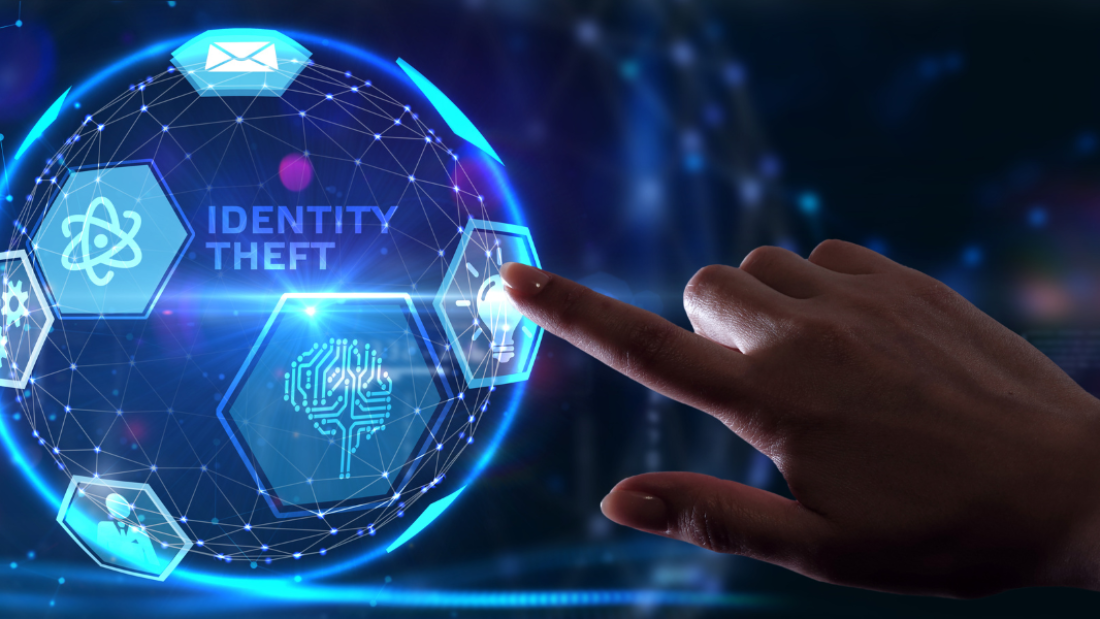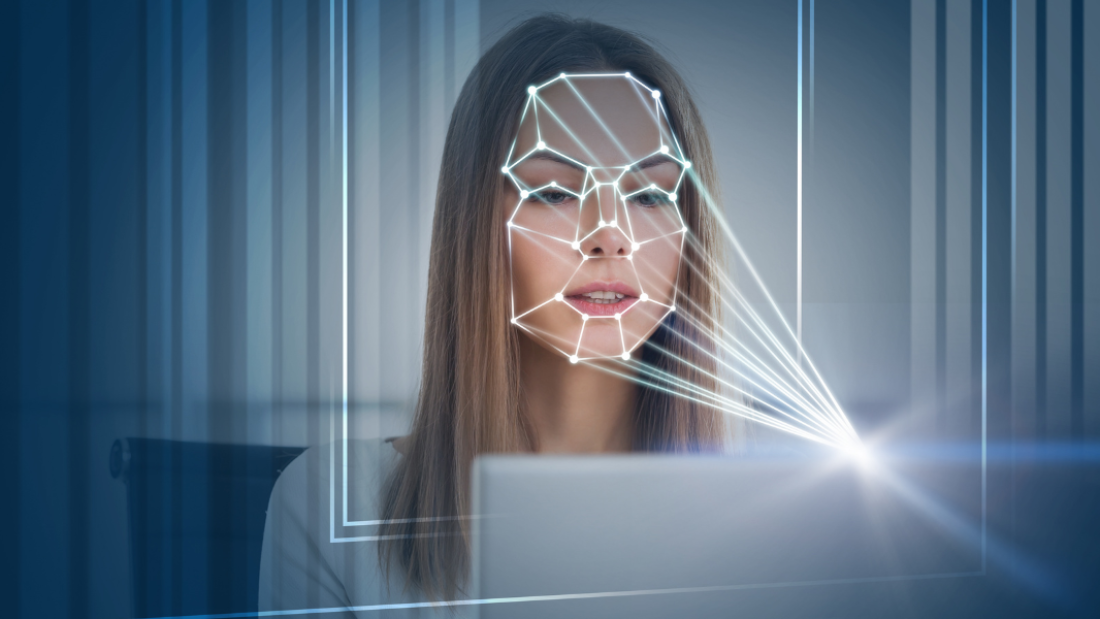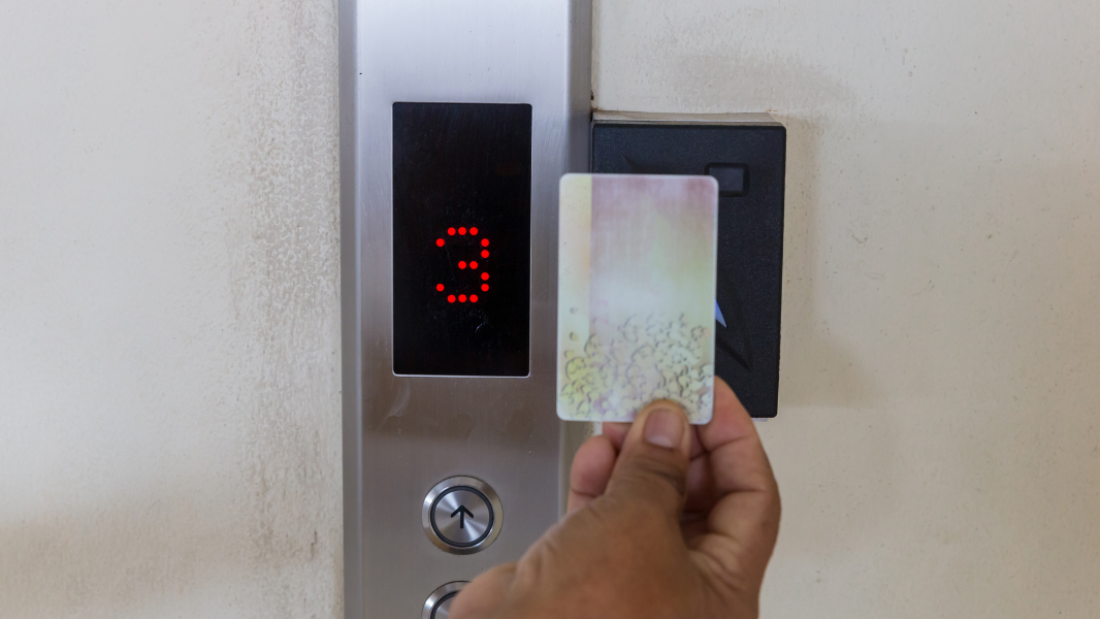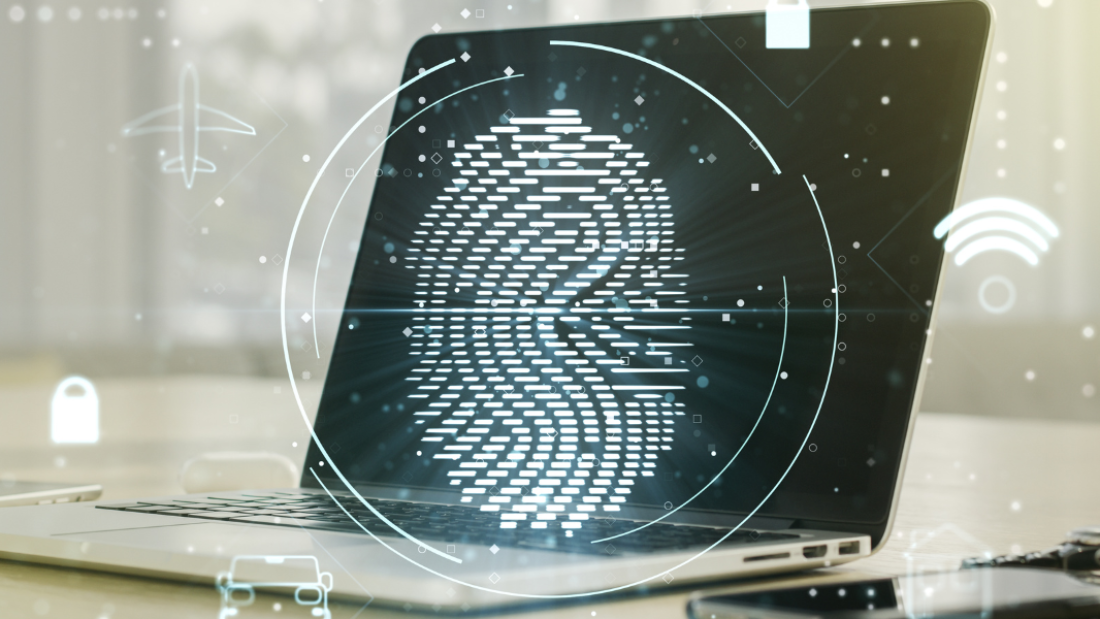In today’s fast-paced digital world, the need for real-time identity confirmation tools has never been more critical. These innovative solutions offer a stark contrast to traditional methods, providing instant verification and enhanced security. By leveraging cutting-edge technology, businesses can streamline operations and prevent fraud with ease. Real-time identity confirmation tools empower organizations to validate user identities swiftly and accurately, boosting trust and efficiency. Stay ahead of the curve in safeguarding sensitive information and ensuring a seamless user experience with these advanced tools.
Understanding Real-Time Identity Confirmation Tools
Purpose
Real-time identity confirmation tools are essential for verifying identities instantly, ensuring the accuracy of the provided information. These tools play a crucial role in streamlining the verification process and preventing fraudulent activities.
Real-time identity confirmation tools are designed to authenticate individuals’ identities swiftly and accurately, providing a seamless experience for both businesses and users. By leveraging advanced technologies, these tools verify personal information in real-time, enhancing the overall security of online transactions.
Significance
The significance of real-time identity confirmation tools lies in their ability to enhance security measures and reduce instances of fraud significantly. By instantly validating the authenticity of users’ identities, these tools help businesses mitigate risks associated with identity theft and unauthorized access.
Moreover, real-time identity confirmation tools contribute to building trust between businesses and customers by ensuring that only legitimate users gain access to sensitive information or services. This not only protects individuals from potential identity-related crimes but also safeguards businesses from financial losses and reputational damage.
User Experience
User experience plays a pivotal role in the effectiveness of identity confirmation processes facilitated by real-time identity confirmation tools. A seamless and intuitive user interface improves the overall verification experience, leading to higher user satisfaction rates and increased conversion rates.
Key Technologies in Identity Confirmation
Biometric Technologies
Biometric technologies, such as facial recognition and fingerprint scanning, play a crucial role in modern identity verification processes. By capturing unique physical attributes, these technologies ensure accurate identity verification.
Facial recognition technology analyzes facial features to confirm an individual’s identity. It compares the captured image with stored data to validate the person’s identity. On the other hand, fingerprint scanning captures and matches unique fingerprint patterns for identification purposes. These biometric methods provide robust identity verification processes due to their high accuracy rates.
Artificial Intelligence and Machine Learning
Artificial intelligence (AI) and machine learning are instrumental in enhancing the accuracy and efficiency of identity verification systems. AI algorithms analyze vast amounts of data to detect patterns and anomalies, improving the overall identity verification processes.
By leveraging machine learning, identity verification software solutions can continuously learn and adapt to new fraud patterns, increasing security measures. These technologies enable swift and precise identity verification checks, reducing the risk of fraudulent activities.
Blockchain Integration for Secure Identity Management
The integration of blockchain technology revolutionizes secure identity management by providing a decentralized and tamper-proof system. Blockchain ensures that personal information remains encrypted and secure during identity verification processes.
Through blockchain technology, identity verification providers can create immutable records of individuals’ identities, enhancing trust and transparency. The decentralized nature of blockchain prevents unauthorized access to sensitive data, making it a reliable solution for comprehensive identity verification.
Benefits of Real-Time Identity Confirmation
Enhanced Security
Real-time identity confirmation tools significantly reduce fraudulent activities by instantly verifying the authenticity of individuals. By implementing an online identity verification solution, businesses can prevent unauthorized access and protect sensitive data.
These tools play a crucial role in enhancing customer trust across various industries. For instance, in the financial sector, complycube identity assurance ensures that only legitimate users have access to online banking services, increasing customer confidence in the platform.
Improved Customer Experience
By offering free identity verification services, businesses can enhance customer satisfaction and loyalty. Customers appreciate the convenience of swift verification processes, leading to a positive interaction with the brand. This seamless experience fosters long-term relationships and encourages repeat business.
In e-commerce, real-time identity confirmation tools streamline the authentication process, allowing customers to make purchases quickly and securely. This efficiency not only benefits customers but also boosts operational efficiencies for businesses by reducing manual verification tasks.
Cost-Efficiency and Compliance
Businesses that utilize real-time identity confirmation tools can reduce identity verification costs associated with traditional methods. Automated verification processes eliminate the need for manual checks, saving time and resources for organizations.
Moreover, by partnering with a reliable identity verification provider, businesses can ensure compliance with regulations and industry standards. The use of advanced verification technologies not only enhances security measures but also demonstrates a commitment to protecting customer data.
Pros:
Enhanced security measures
Improved customer experience
Cost-efficient identity verification processes
Cons:
Initial setup costs may be required
Dependence on technology for verification processes
Implementing real-time identity confirmation tools: Businesses can integrate these tools seamlessly into their existing systems, enhancing security measures and improving operational efficiency.
Choosing the right identity verification provider: Selecting a reputable provider is crucial to ensuring accurate and reliable verification results, ultimately building trust with customers.
Technological Advancements Driving Change
Mobile Technology
Mobile technology advancements have revolutionized on-the-go identity verification processes. With the widespread use of smartphones, individuals can now verify their identities anytime, anywhere. Mobile apps equipped with advanced biometric features like facial recognition and fingerprint scanning have made the verification process seamless and secure.
The convenience offered by mobile technology has significantly enhanced user experience, making it easier for businesses to verify customer identities swiftly. Moreover, the integration of mobile ID verification solutions ensures that personal data is encrypted and protected during the verification process, enhancing security measures.
Data Processing Speeds
Improvements in data processing speeds have played a crucial role in enabling real-time confirmations. Faster processing capabilities allow identity verification systems to quickly analyze and authenticate personal information, reducing waiting times for users. As a result, businesses can streamline their operations and provide efficient services to customers without compromising on security.
The implementation of advanced algorithms and machine learning techniques has further optimized data processing speeds, ensuring accurate and reliable identity confirmations. Real-time verification not only enhances user satisfaction but also minimizes the risk of fraudulent activities, safeguarding both businesses and consumers.
Regulatory Changes
Regulatory changes across various industries have been pivotal in promoting the adoption of identity confirmation technologies. Stricter compliance requirements, such as Know Your Customer (KYC) regulations, have compelled businesses to invest in robust verification systems to prevent identity theft and fraud. These regulations aim to protect consumer data and enhance transparency in financial transactions.
Real-World Applications
Banking and Financial Services
Real-time identity confirmation tools play a crucial role in the banking and financial sector by enhancing security measures for transactions. These tools verify customer identities swiftly, reducing the risk of fraudulent activities. For instance, banks use biometric authentication like fingerprint scans or facial recognition to ensure only authorized individuals access their accounts, making online banking more secure.
These tools aid in compliance with regulations such as Know Your Customer (KYC) and Anti-Money Laundering (AML) requirements. By verifying customers’ identities in real-time, financial institutions can prevent money laundering and other illicit activities effectively. Moreover, these tools streamline the onboarding process for new customers, offering a seamless experience while maintaining robust security protocols.
Healthcare Sector
In healthcare, real-time identity verification tools are essential for patient identification and safeguarding sensitive information. By implementing these tools, healthcare providers can accurately identify patients, ensuring they receive the correct treatment and care. Moreover, these tools help in maintaining patient confidentiality by restricting access to medical records only to authorized personnel.
Furthermore, real-time identity confirmation tools assist healthcare organizations in complying with HIPAA regulations regarding patient data protection. The use of biometric authentication methods like palm vein scanning or iris recognition adds an extra layer of security to patient information, reducing the chances of data breaches or unauthorized access.
E-commerce Industry
The e-commerce industry relies heavily on identity confirmation tools to combat fraud during online transactions. These tools verify the identity of customers making purchases, minimizing the risk of fraudulent activities such as identity theft or unauthorized transactions. By incorporating multi-factor authentication methods like SMS codes or one-time passwords, e-commerce platforms enhance security for both buyers and sellers.
Moreover, real-time identity verification tools enable e-commerce businesses to build trust with their customers by ensuring secure payment processes. Customers feel more confident in sharing their personal and financial information when they know that robust security measures are in place. This leads to increased customer satisfaction and loyalty towards the e-commerce platform.
Challenges and Considerations
Privacy Concerns
Real-time identity confirmation tools, while efficient, raise privacy concerns due to the collection and storage of personal data. Users may worry about the safety and potential misuse of their sensitive information. To address this, companies must prioritize robust security measures and transparent data handling policies.
Technological Failures
One of the challenges associated with real-time identity verification tools is the potential for technological failures or inaccuracies. These tools rely on complex algorithms and databases, which can sometimes lead to errors in the verification process. Such inaccuracies can result in delays or even false rejections, impacting user experience and trust.
Compliance with Regulations
Another crucial consideration is the need for compliance with regulations and standards governing identity confirmation. Organizations utilizing these tools must adhere to strict guidelines to ensure the legality and ethicality of their operations. Failure to comply with such regulations can lead to severe consequences, including legal penalties and damage to reputation.
Best Practices for Implementation
Risk Assessment
Before implementing real-time identity confirmation tools, it is crucial to conduct comprehensive risk assessments. By evaluating potential risks and vulnerabilities, organizations can better understand the threats they may face. This process helps in identifying areas that require enhanced security measures to protect sensitive information.
It is essential to consider factors such as data privacy regulations, cybersecurity threats, and potential fraud risks during the assessment. Organizations should also assess the impact of implementing identity confirmation tools on user experience and operational efficiency.
Technology Selection
When choosing technologies for identity confirmation, organizations should prioritize solutions that align with their specific business needs and user demographics. Selecting the right technology ensures seamless integration with existing systems and enhances overall operational efficiency.
Organizations should evaluate factors such as accuracy, speed, scalability, and compatibility with other systems before making a decision. It is important to choose technologies that offer advanced security features to protect against unauthorized access and data breaches.
Staff Training
Continuous training for staff members is essential to effectively manage and utilize identity verification systems. Training programs should focus on educating employees about the proper use of verification tools, handling sensitive customer data securely, and recognizing potential security threats.
Future Trends and Innovations
Biometric Advancements
Real-time identity confirmation tools are set to witness a surge in sophisticated biometric methods. Expect the integration of advanced technologies like voice recognition and iris scanning to enhance authentication processes. These methods offer heightened security by uniquely identifying individuals based on their distinct biological traits.
IoT Integration
The future holds a landscape where real-time identity confirmation tools seamlessly integrate with Internet of Things (IoT) devices. This convergence will enable a more streamlined and interconnected approach to verifying identities. Imagine unlocking your smart home simply through facial recognition or fingerprint scanning.
Decentralized Identity Solutions
One of the significant upcoming trends is the development of decentralized identity solutions. These innovations aim to shift control back to the users, empowering them to manage and authorize access to their personal information. By leveraging blockchain technology, individuals can have greater autonomy over their data privacy and security.
Final Remarks
In a world where security and efficiency are paramount, real-time identity confirmation tools stand out as game-changers. Understanding the key technologies, benefits, challenges, and best practices can empower you to implement these tools effectively. Technological advancements continue to drive change, shaping real-world applications and paving the way for future trends and innovations in this field. Stay informed, stay proactive, and embrace the transformative power of real-time identity confirmation tools to safeguard your operations and enhance user experiences.
Take charge of your security measures today by exploring the vast potential of real-time identity confirmation tools. Your commitment to staying ahead of the curve will not only fortify your systems but also elevate your credibility and trustworthiness in an ever-evolving digital landscape.
Frequently Asked Questions
What are Real-Time Identity Confirmation Tools?
Real-Time Identity Confirmation Tools are advanced technologies that instantly verify and authenticate individuals’ identities in various digital transactions or interactions, enhancing security and reducing fraud risks.
How do Key Technologies in Identity Confirmation benefit businesses?
Key Technologies in Identity Confirmation, such as biometrics and AI algorithms, streamline verification processes, improve user experience, and bolster security measures, ultimately helping businesses mitigate risks and build trust with customers.
What are the Real-World Applications of Real-Time Identity Confirmation Tools?
Real-Time Identity Confirmation Tools find applications in industries like finance, healthcare, e-commerce, and more. They are used for customer onboarding, secure access control, fraud prevention, and compliance with regulatory requirements.
What Challenges and Considerations should be kept in mind when implementing these tools?
Challenges include data privacy concerns, regulatory compliance complexities, integration with existing systems, and ensuring a seamless user experience. Careful planning, robust security measures, and regular updates are crucial considerations for successful implementation.
What are some Best Practices for Implementing Real-Time Identity Confirmation Tools?
Best practices include conducting thorough risk assessments, selecting reliable technology partners, providing adequate training to staff, maintaining transparency with users about data usage, and continuously monitoring and updating the system to stay ahead of evolving threats.
What Technological Advancements are Driving Change in the field of Real-Time Identity Confirmation?
Technological advancements like machine learning, blockchain, and IoT devices are revolutionizing identity verification processes by offering more secure, seamless, and efficient solutions. These innovations enhance accuracy, speed up verification times, and adapt to changing security threats.









